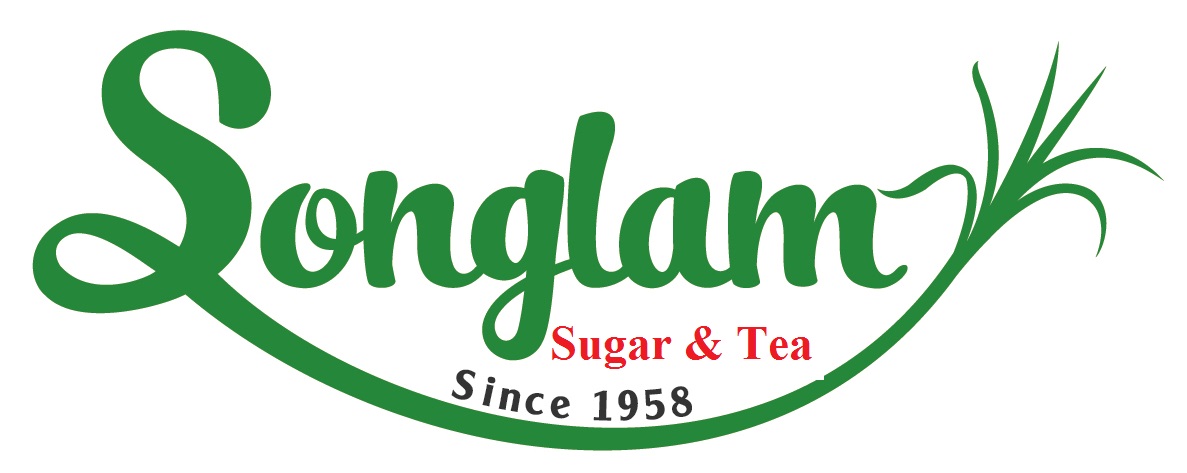Simple succession repeat (SSR) study
SSRs enjoy a serious role in-plant taxonomy and tend to be extensively used once the unit indicators [38, 39]. There were 211–332 SSRs within the for every single Lythraceae variety one varied away from 8 in order to sixteen bp in length (Fig. 5, Even more document 5: Table S5). Half dozen types of SSRs were discover: mononucleotide, di-nucleotide, tri-nucleotide, tetra-nucleotide, penta-nucleotide and hexa-nucleotide. But not, hexa-nucleotide repeats was in fact understood in only this new cp genomes off L. siamica, L. intermedia, T. natans and you will L. salicaria. One of each Lythraceae types, mononucleotide repeats was indeed the most common, with wide variety anywhere between 123 in order to 212; with trinucleotide ranging from 56 to 68; dinucleotide between sixteen to help you 52; tetranucleotide between six to twelve; pentanucleotide between 0 so you’re able to dos and you can hexa-nucleotide anywhere between 0 to 1. (Fig. 5a). It actually was in past times unearthed that mono-nucleotide repeats had been richest for the Fritillaria, Lilium and you may Epimedium [twenty two, 40]. This means that, mononucleotide repeats could possibly get enjoy a very important role for the hereditary variation compared to the other SSRs.
Brand new review regarding simple sequence repeats (SSR) distribution when you look at the twenty two chloroplast genomes. various SSR models thought of in the 22 chloroplast genomes; b Frequency off prominent design about twenty two chloroplast genomes; c Regularity out-of SSRs in the LSC, IR, SSC region; d Volume out-of SSRs regarding intergenic countries, protein-coding genes and you can introns
Regarding twenty two Lythraceae types, A/T mononucleotide repeats taken into account and you can %, respectively. C/G mononucleotide repeats accounted for step 1.forty and you can step 3.30%, correspondingly. Every most other SSRs have been consisting of Good/T, which have led to the latest highest During the stuff level % of your own entire cp genomes from inside the twenty-two Lythraceae variety (Fig. 5b). Equivalent biases was in fact and reported during the Quercus . Moreover, the amount of An excellent/T mononucleotide repeats within the D. grandiflora, T. natans, L. salicaria, L. intermis, P. granatum, W. fruticosa, R. rotundifolia and you may H. myrtifolia was in fact more thirteen Lagerstroemia varieties, ranging from 71 in order to –103. One of several fourteen Lagerstroemia types, just how many An effective mononucleotide repeats ranged out-of 54 to help you 58, with T mononucleotide repeats ranging from 65 in order to 71, except during the L. villosa. This type of efficiency reveal that the newest Good/T mononucleotide repeats numbers in the same genus are similar. Although not, exactly how many Good/T mononucleotide repeats of L. villosa was , that has been a lot higher than those of your other thirteen Lagerstroemia species. We can infer that the offered intergenic spacers would be the chief need.
SSRs was a lot more frequently located in the LSC regions (%) than in new IR countries (%) plus the SSC nations (%) (Fig. 5c). Additionally, SSRs about cp genomes of your own Lythraceae kinds was indeed located primarily regarding intergenic spacers, having normally 132. SSRs dispersed inside the programming genetics was basically second, which have on average 92. The new fewest SSRs was basically found in the introns, which have an average of 37 (Fig. 5d). New SSR loci have been located in 31 coding genetics (matK, atpI, rpoC2, rpoB, trnS-UGA, rps14, psaB, psaA, ndhK, accD, ycf4, cemA, petA friendfinder eÅŸleÅŸme, psaJ, psbB, rpoA, rpl22, rps19, rpl2, ycf2, rrn23, ndhF, rpl32, ccsA, ndhD, ndhA, ycf1, trnI-GAU, ndhB, ycf2) and 57 intergenic regions of the newest twenty-two Lythraceae variety. Yu et al. discovered 20 SSRs situated in 9 coding family genes (matK, rpoC1, rpoC2, cemA, ndhD, ndhG, ndhH, ycf2 and you will ycf1) of the Fritillaria cp genome . This type of efficiency mean that SSRs which have higher variation in cp genomes can be applied to spot relevant varieties and you may found in lookup on phylogeny.
Divergence hotspots one of twenty-two Lythraceae varieties
Divergent hotspots towards cp genomes may be used to spot directly relevant variety and provide information regarding phylogeny [42, 43]. The fresh new nucleotide variety (Pi) thinking of coding nations and you can intergenic regions of new 22 cp genomes inside Lythraceae was indeed calculated with the program DnaSP 5.step one. It can be noticed in Fig. six your values toward intergenic regions was indeed higher than those people to your coding regions, appearing you to definitely intergenic nations were significantly more differentiated. To your coding places, new Pi beliefs of the IR region varied out of 0.0029–0.0144, the fresh Pi thinking out of LSC ranged regarding 0.00261–0.04547 and also the Pi values from SSC ranged of 0.01254–0.04532. On the intergenic places, the fresh Pi worth of the brand new IR region varied out of 0.00232–0.15964, this new Pi thinking of the LSC varied regarding 0 to 0.22362 together with Pi values of SSC varied out-of 0.03567–0.17653 (Fig. six, Additional file 6: Dining table S6). A maximum of ten hotspots with a high divergence had been selected as prospective molecular ine phylogeny in this Myrtales.



